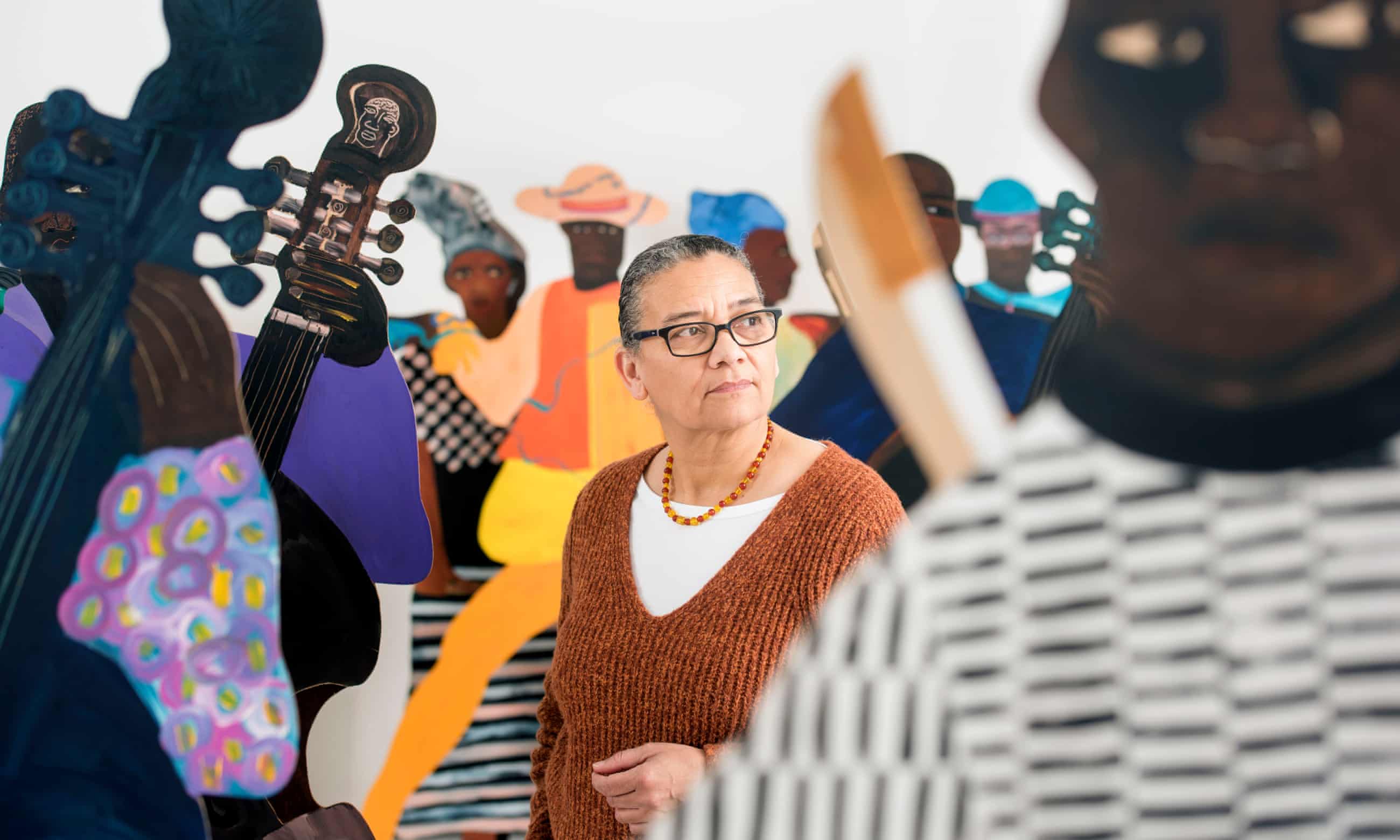Shaken Out of Time: Black Bodies and Movement in Zadie Smith’s Swing Time
Virginia Quarterly Review
Volume 93, Number 1, Winter 2017
pages 196-199
Kaitlyn Greenidge
Bennington College, Bennington, Vermont
Swing Time By Zadie Smith, Penguin, 2016, 464p. HB, $27.
Midway through Zadie Smith’s new novel, Swing Time, the unnamed narrator watches two girls walk “hand in hand” down a dusty road in an anonymous, fictionalized African country. “They looked like best friends,” she notes—that “looked” suggesting the mysteries of friendship that the novel has been dedicated to up until that point. “They were out at the edge of the world, or of the world I knew, and watching them, I realized it was…almost impossible for me to imagine what time felt like for them, out here.” The girls inevitably remind the narrator of her own lost, best friend, Tracey, who angrily haunts the novel, forever resisting the narrator’s attempts to regulate her to incorporeality. Of their friendship, she notes, “We thought we were products of a particular moment, because as well as our old musicals, we liked things like Ghostbusters and Dallas. We felt we had our place in time. What person on earth doesn’t feel this way?” But the narrator is unable to place the two girls before her in any time. “When I waved at those two girls…I couldn’t rid myself of the idea that they were timeless symbols of girlhood…I knew it couldn’t possibly be the case but I had no other way of thinking of them.”
In an interview in T: The New York Times Style Magazine this past fall, Smith noted, “It just seemed to me that what was done to black people, historically, was to take them out of the time of their life. That’s what fundamentally happened. We had a life in one place and it would have continued and who knows what would have happened—nobody knows. But it would’ve gone a certain way, and we were removed from that timeline, placed somewhere entirely different, and radically disrupted. And the consequences of that are pretty much unending. Every people have their trauma. It’s not a competition of traumas. But they’re different in nature. And this one is about having been removed from time.” Swing Time is a novel that is fundamentally concerned with this question. What do we do, how do we respond, when we are violently shaken out of time, when we lose the thread of our own lives, when we are so certain of the narrative of our life and then are suddenly, jarringly, shaken loose? How do we reconcile, what are the lies and myths we tell ourselves, to try and reclaim our time? And when do those lies hurt us and when do they help us find our footing again?
When we meet the narrator of Swing Time, she is deep in the midst of mysterious disgrace, briefly infamous worldwide for a perceived wrong she’s committed against a Madonna-like global superstar who goes by the single name of Aimee. The narrator is Aimee’s assistant: She has worked tirelessly for the past decade helping Aimee, a white woman, set up a school for girls in that unidentified African country. Aimee is a woman who has created her own myth for herself, using sex and youth and pop music to forge a destiny that would not have been available to any woman a generation before her. The narrator meets her by chance, devotes her life to her, and finds herself unmarried and childless, a cog in the superstar celebrity machine of Aimee’s life. But it becomes clear, even though the narrator has spent her adult life serving Aimee, it’s not the pop star who holds her attention. Instead, she exists in a kind of suspended dream state, reliving her brief friendship with Tracey, the only other mixed-race girl in the narrator’s neighborhood in the early 1980s. The narrator’s parents are genteelly poor, and her mother, in particular, is ambitious: She reads postcolonial theory and takes courses on Marxism, ruthlessly forging her identity as a poor, black woman in Britain into a professional activist and self-conscious, self…


